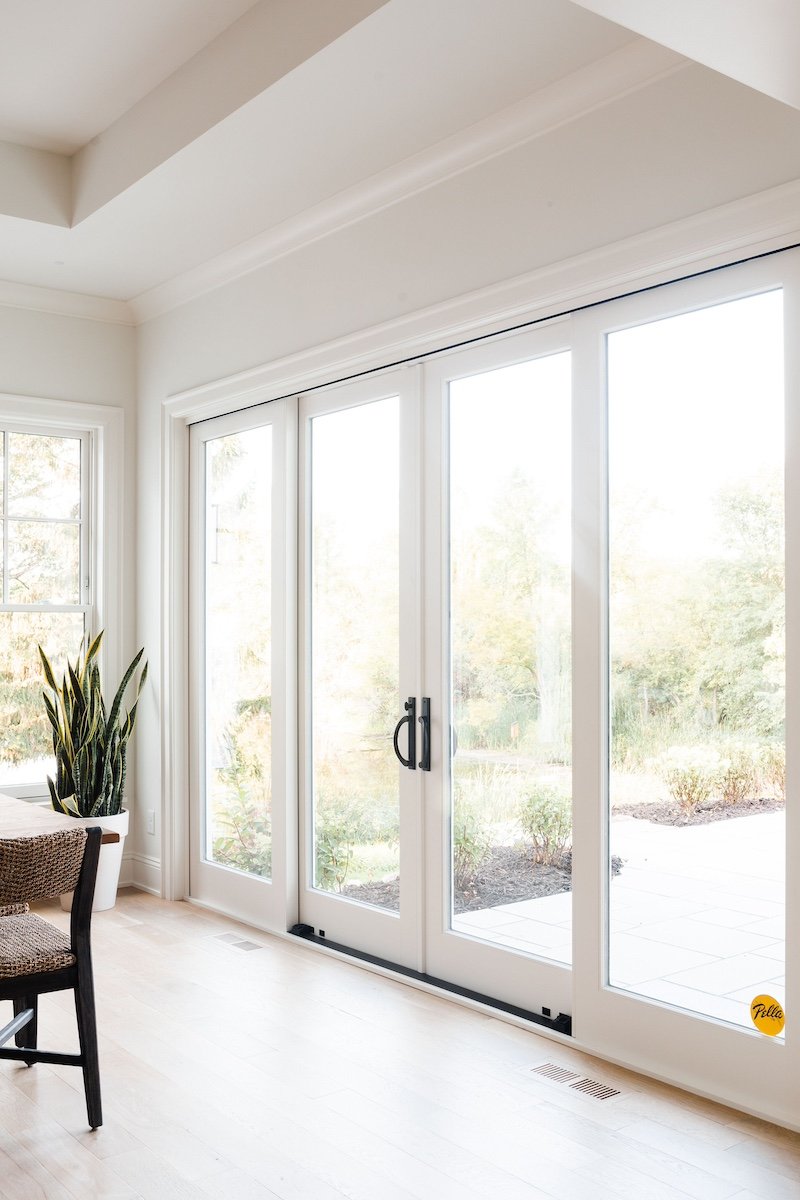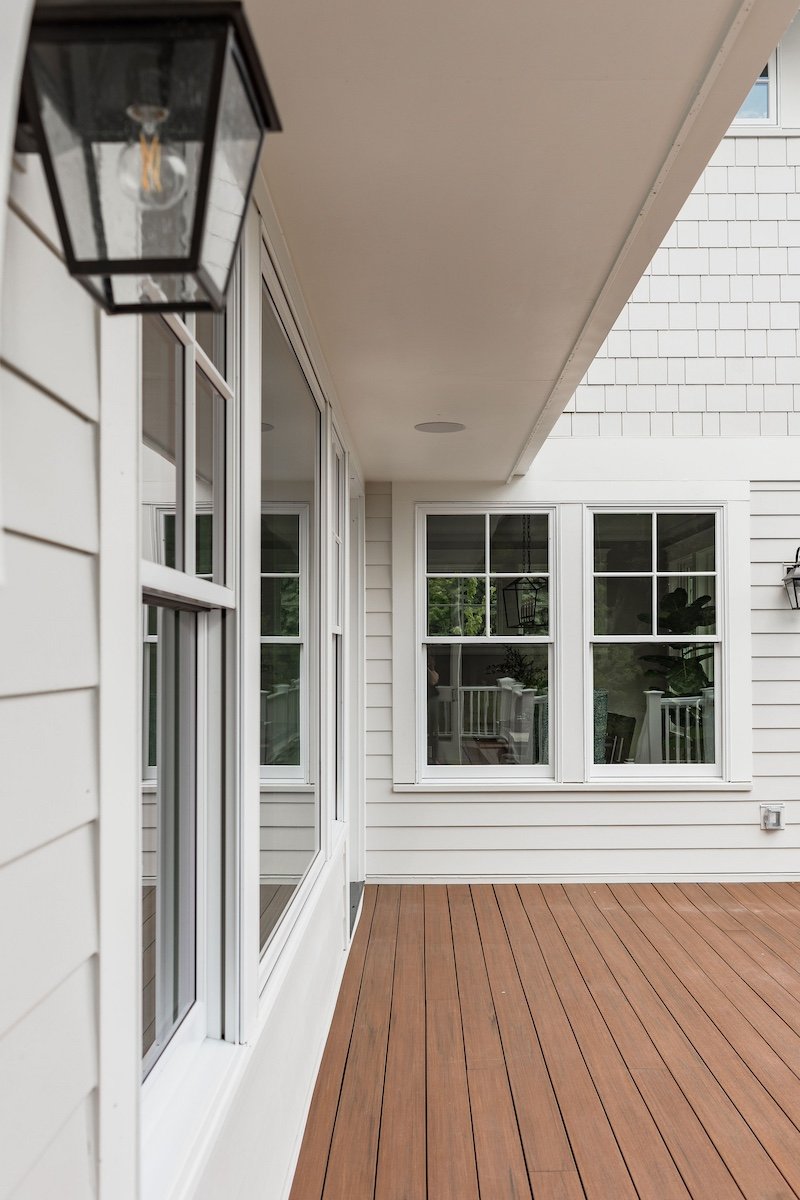Seeing Clearly: Strategies for Preventing and Eliminating Window Condensation
Spring may be in the air, but we still have a few colder months ahead of us! As the chilly temperatures continue the cozy warmth of our homes becomes all the more inviting. However, along with dropping temperatures comes the pesky issue of window condensation. If you've ever woken up to find your windows covered in moisture or even ice, you're not alone. But fear not, for we're here to guide you through understanding and effectively managing this common winter dilemma.
Understanding the Culprit: Window Condensation
Window condensation occurs when warm, moist air inside your home comes into contact with the cold surface of your window glass panes. This collision of temperatures causes water vapor to transform into liquid, resulting in the telltale droplets or frost on your windows. While it may seem harmless, excessive condensation can lead to issues such as mold growth, water damage, and even compromised indoor air quality.
The Science Behind Condensation
To grasp the dynamics of condensation on windows, it's crucial to consider the relationship between indoor humidity levels and outdoor temperatures. As temperatures plummet, the capacity of air to hold moisture decreases. Consequently, if the humidity level indoors remains high, excess moisture will seek refuge on cooler surfaces—often your windows.
Interested in what windows we recommend? Check out this blog on Pella!
Navigating the Balance: Controlling Indoor Humidity
Maintaining a delicate balance between indoor humidity and outdoor temperatures is key to minimizing window condensation. Here are some proactive steps you can take:
Monitor Indoor Humidity: Invest in a humidity meter to track the levels within your home. Ideally, humidity should range between 30% to 50%, depending on outdoor conditions, so keep an eye out for excess humidity.
Adjust Humidity Settings: During periods of extreme cold, consider lowering your home's humidity levels to prevent excessive condensation. This may entail temporarily reducing the use of humidifiers or adjusting your HVAC system settings.
Enhance Ventilation: Promote airflow throughout your home by using exhaust fans in kitchens and bathrooms. Additionally, crack open windows periodically to allow for fresh air circulation.
Maximize Air Exchange: If your home is equipped with an air-air exchanger, ensure it's properly calibrated to facilitate efficient air moisture removal while maintaining indoor comfort.
Utilize Window Treatments: Keep blinds or curtains slightly raised during the day and at night to allow air circulation along window surfaces, preventing excessive moisture buildup.
Maintenance Matters: Ensuring Long-Term Solutions
In addition to proactive measures, regular maintenance plays a crucial role in combating window condensation. Here's what you can do:
Inspect Seals and Insulation: Ensure windows have an airtight seal and are insulated to minimize heat loss and cold drafts, which can exacerbate condensation.
Clean Filters and Systems: Regularly clean and replace HVAC filters to optimize system performance and airflow, reducing indoor humidity levels.
Professional Evaluation: Schedule routine HVAC inspections to detect any potential sources of moisture or structural damage and ensure your heating and ventilation systems are operating efficiently.
By adopting these proactive strategies and staying vigilant to changing conditions, you can effectively manage window condensation and maintain a comfortable, healthy indoor environment throughout the winter months. Remember, striking the right balance is key.
Here's to a winter season filled with warmth, clarity, and peace of mind!
Click here to learn more about Mark D. Williams Custom Homes and see some of our recent work!






